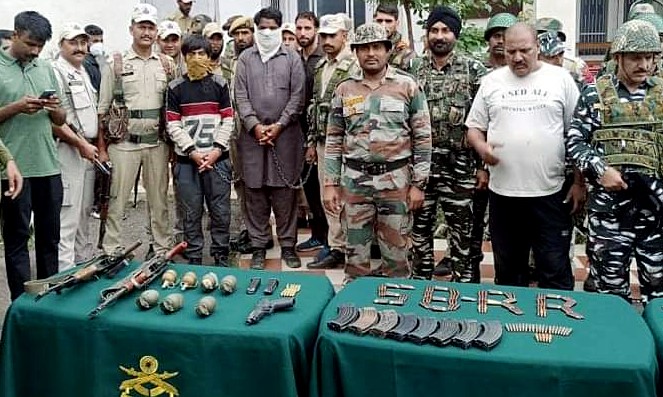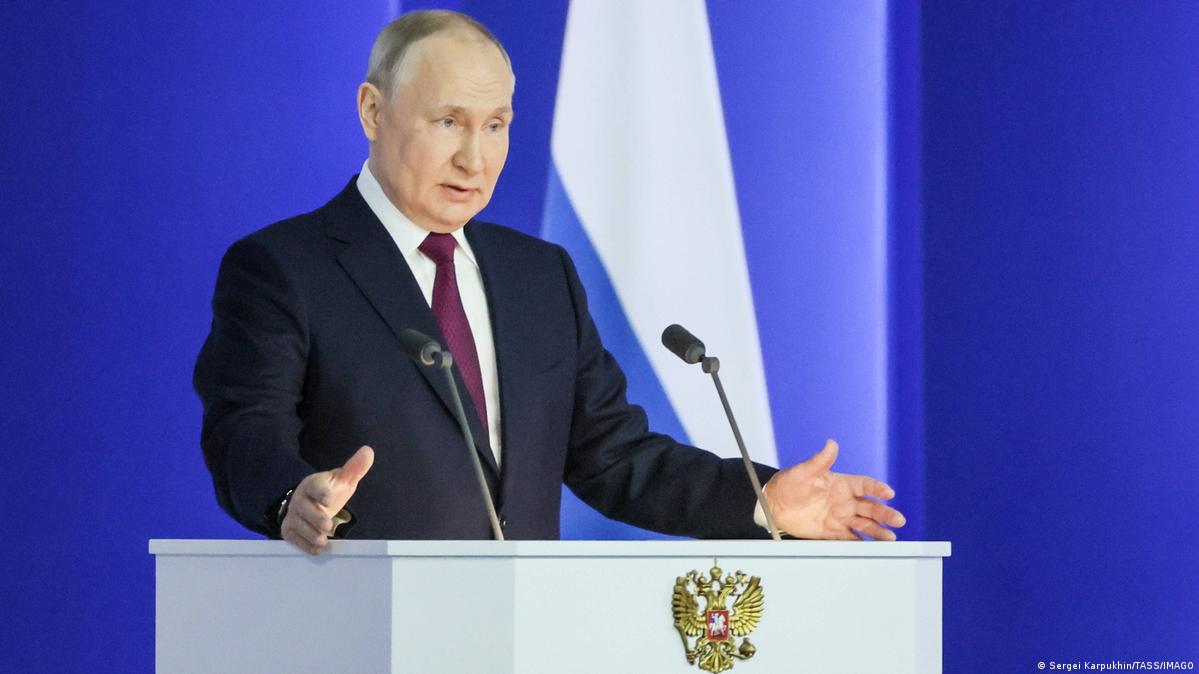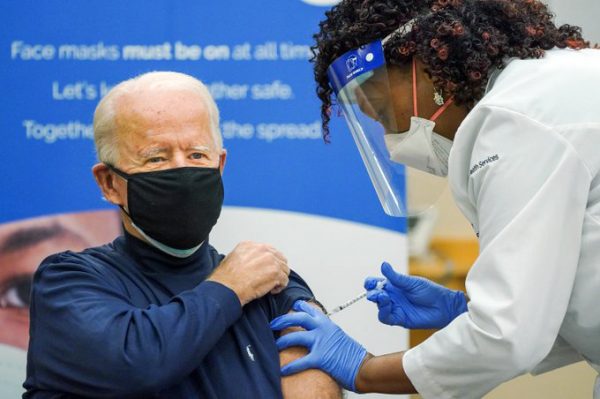Terrorist tactics or terrorism have evolved as a tool for grievance groups to assert their political, religious and ideological messages to a dominant group
Nikhil Guvvadi
The Global Terrorism Index (GTI) published by the Institute for Economics and Peace (IEP) based on Dragonfly’s ‘Terrorism Tracker’ database records terror incidents reported on open sources. The GTI considers deaths, incidents, hostages and injuries from terrorism. Terrorist attacks and deaths caused by them decreased by 28 per cent and 9 per cent respectively, but average deaths per attack increased from 1.3 to 1.7 from the previous year in 2022.
According to the GTI, deaths caused by terrorism have decreased over the years, but the lethality of attacks has increased on average, killing 26 per cent more people per attack. This is primarily because of the jihadi upheaval in the Sahel and Af-Pak region during 2022. Deaths in these regions have increased contrary to the larger global trend.
States have been employing armed non-state actors to further their otherwise questionable objectives. For example, violent extremists are belligerents to the ongoing war in Ukraine. Chechen fighters who once declared ‘jihad’ against Moscow are fighting for Russia under Ramzan Kadyrov’s leadership. Islamists who are upset with this and are against Russia have been fighting for Ukraine.
At the same time, Ukraine has also deployed the Azov Regiment, the paramilitary arm of a more extensive far-right nationalist Azov Movement in Ukraine. The Azov Regiment was also inducted into the Ukrainian National Guard even before the war had begun. Russia’s Wagner Group, a private military and security company (PMSC) reportedly linked to the far-right Russian Imperial Movement (RIM), has a presence in Ukraine. They are also quickly filling the counter-terrorist vacuum France’s withdrawal from West Africa created. African juntas in the Sahel and other countries in sub-Saharan Africa who are upset with the French are now interested in working with the Wagner Group.
After the decade-old Syrian civil war and the 20-year US war on terrorism, al-Qaeda and Da’esh have become umbrella organizations to their affiliates spread across Eurasia and Africa. Both of them face a leadership crisis at the center after the killing of al-Qaeda leader Ayman al-Zawahiri in a US drone strike and the neutralization of Da’esh leader Abu Ibrahim in a US Special Forces operation. His successor, Abu al-Hasan, was also killed in battle in Syria, according to Da’esh.

Reportedly, the new emir of al-Qaeda is Saif al-Adel, a former Egyptian special forces officer and a high-ranking al-Qaeda operative who is interestingly based out of Iran. Da’esh had also announced their new caliph to be Abu al-Hussein. Further killings of these movements’ leaders may only stall the eventual consolidation of authority and nothing more substantial.
This disruption of the central command did not affect affiliate groups’ functioning elsewhere due to their decentralized organization and structure. Instead, it allowed the affiliates to become independent actors waging jihadi insurgencies against the governments in their territories. Al-Qaeda and Da’esh figured out a way to continue their ideological and political legacies by establishing a relationship with local conflict situations elsewhere, and not just the other way around.
The pledging of allegiance to the legacy of these two international jihadi movements by local jihadi insurgent groups is a religious/self-legitimization tactic for their ethnic and political strife, which also gives access to their global jihadi network. But all the world’s major powers must always be perceptive of an international sensationalist terror attack which can come at any given time when the situation is conducive to them.
The terrorist landscape in India’s Northwest neighborhood deteriorated, with the Taliban sweeping across the country after the US withdrawal ending their 20-year war on terror. IS-KP and TTP have returned in a massive way. IS-KP is challenging the domestic legitimacy of the Taliban in Afghanistan by targeting Muslim minority communities and Chinese interests in the country. The TTP declared a full-blown insurgency and started working in tandem with the militant-separatist BLA to undermine the Pakistani state with a 9x increase in their activity in 2022. Terrorist attacks have risen by 51 per cent in the country since the Taliban takeover of Afghanistan, and a 120 per cent increase in deaths was observed in 2022.
The Sahel is a thin stretch of semi-arid land from Africa’s west coast to Ethiopia’s mountains in the east, dividing the Sahara Desert from the rest of Sub-Saharan Africa. It passes through all the states in its way where there is no proper governance, and the people suffer from poverty, extreme malnutrition, regular famines and environmental degradation. It is a perfect breeding ground for extremist ideologies whose demographic is also conducive to spreading Salafi-jihadism.
The ever-intensifying competition between al-Qaeda and Da’esh has become evident in the Sahel, with JNIM and Islamic State in West Africa Province (ISWAP) being two of the fastest-growing jihadi-insurgent organizations in the world. They are fighting the region’s governments as well as amongst themselves for influence and recruitment. About 43 per cent of deaths caused by terrorism worldwide came from the Sahel in 2022. Terrorist activity is also spilling over to the West African coast littoral states of Togo and Benin. French counter-terrorism efforts have lost the legitimacy they once had amongst all this chaos and are withdrawing from the region. In the Horn of Africa, Somalia is still having to deal with the world’s longest-running jihadi insurgency of al-Shabaab and the nascent but growing Islamic State in Somalia.
White supremacists and neo-fascists increasingly occupy public consciousness and political space. The line between traditional right-wing political parties and the far-right fringe is now blurred as mainstream nationalist political parties increasingly adopt fringe narratives for political gain. UK Independence Party, Front Nationale in France, Alternative for Germany (AfD), Spain’s Vox and Italy’s Lega Nord are some of these political parties. Populist parties have also formed a political group called Identity and Democracy in the European Parliament based on anti-immigration sentiments.
Apart from the rise of far-right narratives and political parties, there is a growing connectivity between the far-right fringe groups of the West within Europe, across the Atlantic and in Anglo-Saxon nations. White supremacist and neo-fascist groups ‘The Base’ and Proud Boys are active in the Anglo-Saxon world and have ties with far-right movements in Europe. European far-right groups have cooperated in training and dissemination of propaganda. Contrarily, some of these groups also have links with the Russian Imperial Movement (RIM) and fighting on both sides of the Ukraine war, like the Jihadis. The transition of power in established democracies also faced challenges for the first time in history, with Trump and Bolsonaro’s supporters storming their respective legislatures after their loss in the elections of America and Brazil.
Violent extremist organizations have increasingly employed new and emerging technologies for their influence operations and financing. The world now is in a situation where societies are moving towards post-organizational violent extremism enabled by social media, where there is no command and control, and extremist propaganda reaches the target demography at the click of a mouse, eventually leading to radicalization. There are a growing number of social media-induced lone-wolf violent extremist attacks of every creed worldwide, from jihadi terrorism in Kashmir and Colombo, anti-Semitic attacks in Texas, and mosque shootings in Christchurch.
Though conventional means of guerrilla tactics and financing still dominate the operations of terrorist organizations, unmanned aerial systems such as drones and UAVs have almost become conventional due to their extensive use by al-Qaeda and Da’esh. Around 65 non-state actors worldwide have drone-deploying capabilities. Block chain technologies and online payment methods are increasingly being observed to be used to syphon funds for terror activities.
India has been dealing with terrorism much earlier than the West, beginning with the insurgency in the Northeast, the LTTE and Sikh separatism in the 1980s and then with the Siamization of the insurgency in Kashmir. Some of these challenges never really died out but only went into dormancy. Given the right socio-political conditions, they may stoke up again. The security situation in Kashmir did take a turn for the good after the abrogation of Article 370 with respect to organized terror, but new challenges emerged in the form rise in lone-wolf attacks and increased use of drones for cross-border terrorism.
The dormant sentiments of Sikh separatism are increasingly showing signs of revival, with the socio-political situation in Punjab taking a radical turn. The support for a separate Sikh state in India within sections of the Punjabi Sikh diaspora has always existed. They have organized themselves into pressure groups conducting ‘referendums’, and some elements even attained political power over the years. In both Kashmir and Punjab, a growing trend of increased drug abuse is fuelled by cross-border narco-terror networks. India is still not adequately equipped to tackle the challenge of terror drones, whose sightings had multiplied significantly in 2022. Then there is always the looming specter of a spill-over of terror activities into Kashmir once the dust settles in Afghanistan and Pakistan.
Terrorist tactics or terrorism have evolved as a tool for grievance groups to assert their political, religious and ideological messages to a dominant group. As long as there is room for the radicalization of people with real or perceived grievances, there will always be the presence of armed non-state actors that employ violent means to achieve their objectives. With all its fault lines, the ideology of radical Salafi-inspired jihad is here to stay, which is, in turn, giving rise to latent extremist ideologies in other societies. One of the main reasons for terrorism to garner such global attention was that it was arguably one of US foreign policy’s top priorities. Today that is not the case, and on the contrary, these armed non-state actors are prone to becoming proxies to the so-called return of the great power rivalry towards which the international state system is again increasingly moving.
Therefore, all nations worldwide must keep up with their counter-terrorism efforts and address real or perceived grievances that make radicalization possible. India always had a stance which does not differentiate between terrorists of any creed. It has already established itself as a strong voice against terrorism, especially state-sponsored terrorism. On the virtue of India’s chairmanship of the UNSC’s Counter-Terrorism Committee for 2021–2022 and its joining of the Shanghai Cooperation Organization (SCO) concentrating on extensive Counter-Terrorism cooperation through its Regional Anti-Terrorist Structure (RATS), it can take the leading role in tackling terrorist challenges.
Nikhil Guvvadi is Research Intern at the Counter Terrorism Centre, Manohar Parrikar Institute for Defense Studies and Analyses, New Delhi
Views expressed are of the author and do not necessarily reflect the views of the Manohar Parrikar IDSA or of the Government of India.
The full version of this article first appeared in the Comments section of the website (www.idsa.in) of Manohar Parrikar Institute for Defense Studies and Analyses, New Delhi on April 13, 2023

























